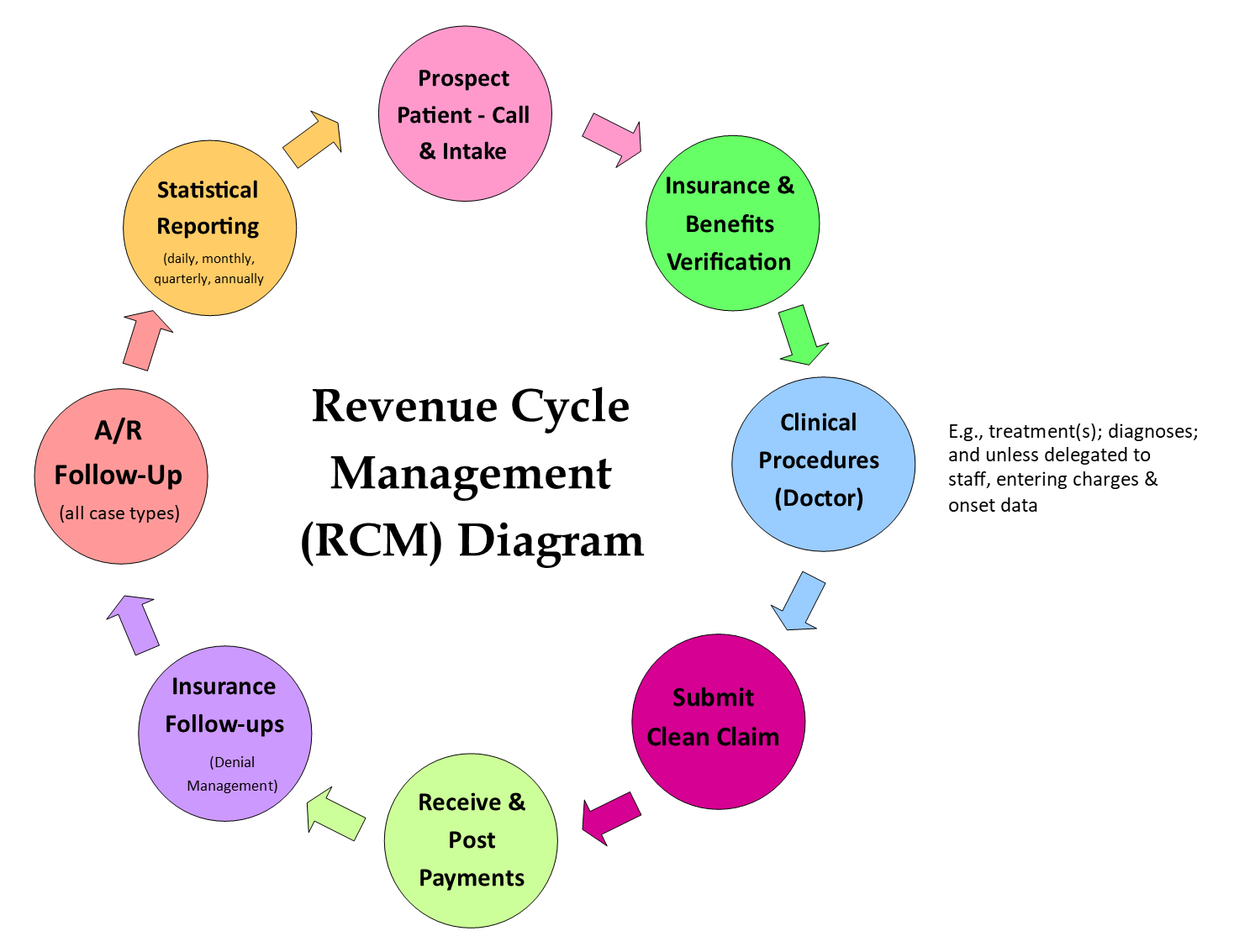Greetings…
You asked for this … we heard you and have got you covered.
Here at PM&A, we consistently recommend the use of checklists, and establishing and documenting your Day 1 and Day 2 procedures is no exception. Keep reading for a comprehensive checklist to make your Day 1 and Day 2 run seamless.
Day One Upon New Patient Arrival
___1. Introduce yourself, what you do, and welcome the Patient.
___2. Provide office tour
___3. Check for questions, problems, and clear up questions as needed.
___4. Doctor Sees patient, does a thorough consultation by the use of objective tools
and history of patient such that the patient feels they were completely
understood, and all relevant facts that might relate to the patient’s current
condition(s) is learned. Adjustment is performed if appropriate and is part of your
typical clinical Day 1 process.
___5. CA does insurance/third-party benefits verification using the insurance verification
form and prepares for the financial consultation on Day 2, using worksheet.
Day Two
___6. Doctor thoroughly reviews the patient’s x-ray/objective findings before the report
of findings
___7. Doctor goes over with the patient the written Report of Findings and the patient
also receives an initial treatment plan with the necessary amount of visits and
treatments (adjustments and therapy) as best suited for the patient’s condition.
___8. Doctor reiterates “Time, Repetition, and Effort” as necessary to patient’s
successful treatment program and provides folder/packet to the patient.
In a private area away from other patients… the CA works with the new patient to:
___9. Go over schedule of care and completes multiple appointment card.
___10. Stress keeping appointments.
___11. Communicate missed appointment make-up procedure and any fee associated
with no call, no show.
___12. Confirm doctor has discussed health care class, and invite patient and spouse.
___13. Discuss financial arrangements. This is your financial consultation with the
patient. Written financials are completed beforehand and made available to the
patient as part of their packet.
___14. Verify all needed paperwork in the packet.
___15. Stress that the patient review the written ROF from doctor.
___16. Go over check-in / check-out procedures, i.e., does the patient sign in using a
kiosk? Is the kiosk located at the front desk, or in the treatment area? Check-out
would include making sure their next appointment is on the schedule and
collecting any patient payments due.
___17. Validate patient’s desire for care & treating doctor’s skill.
___18. Ask the patient if there is anyone else in their family they would like to schedule
a complimentary consultation and exam, and if so, write down their names, and
follow up
___19. Provide educational pamphlets to give to the patients.
___20. Ask the patient if they thought of any further questions, and wrap-up, reminding the patient of their next scheduled visit.
After the patient has completed their care plan, the doctor recommends wellness care to each patient that achieves maximum chiropractic improvement, and the patient accepts the wellness care program.
Email us at services@pmaworks.com to request scripting examples for financial consultations.
Looking for additional information on how to customize the above checklist to your office? Give us a call – we’re here to help!
Lisa
920-334-4561



 The important thing here is to be consistent, meaning every step and each element of the flow must align with the goals and mission of the clinic. For example, a pediatric/wellness practice will have different polices each step of the way for RCM than a sports medicine clinic would. If you are having issues, you need to examine which step in your RCM is bottlenecked, or which step is not in alignment.
The important thing here is to be consistent, meaning every step and each element of the flow must align with the goals and mission of the clinic. For example, a pediatric/wellness practice will have different polices each step of the way for RCM than a sports medicine clinic would. If you are having issues, you need to examine which step in your RCM is bottlenecked, or which step is not in alignment.
 Lisa recently had a phone conversation with United Healthcare for an update on the Change Healthcare Cyber Attack Update Regarding United Healthcare Payments & Remittances. UHC advises that they are close to a resolution on getting all of the clinic remittances available on the provider clearinghouses, and troubleshooting improper denials.
Lisa recently had a phone conversation with United Healthcare for an update on the Change Healthcare Cyber Attack Update Regarding United Healthcare Payments & Remittances. UHC advises that they are close to a resolution on getting all of the clinic remittances available on the provider clearinghouses, and troubleshooting improper denials.
